Women in the Reptile Industry: Breaking Boundaries and Making Waves

The reptile industry might seem like a guy’s game, but women have been making serious strides and leaving their mark for decades. From trailblazing herpetologists to innovative entrepreneurs, these women are redefining what it means to work with reptiles and amphibians. Let’s dive into how they’ve been shaking things up, both before and after the 2000s.
Breaking Ground: Early Herpetology Heroines
Long before the new millennium, women were already breaking barriers in herpetology—the study of reptiles and amphibians. Take Dr. Ruth G. Thomas, for example. Back in the 1970s, her groundbreaking research on the ecology of turtles was not just innovative but essential. Her work laid the foundation for modern turtle conservation and showed that women could lead major scientific research.
Then there’s Dr. Ann C. R. H. McMahon, who made waves in the 1980s with her studies on amphibian behavior and physiology. Her contributions expanded our understanding of how amphibians interact with their environments and highlighted the importance of their conservation.
Conservation Queens: Leading the Charge
Fast forward to the 1990s, and women were making huge impacts in reptile conservation. Dr. Patricia L. Wright, known for her work with endangered reptiles, pushed for habitat protection and sustainable practices long before it was trendy. Her efforts in preserving critical habitats were crucial in saving several species from the brink of extinction.
Another standout is Dr. Karen W. Hall, whose research in the 1990s on the impact of human activities on reptile populations helped shape conservation policies. Her work continues to influence how we manage and protect reptile species today.
Entrepreneurial Spirit: Women Who Made It Big
The commercial side of the reptile industry has also seen some serious female power. Melissa Kaplan was a game-changer with her Melissa Kaplan’s Herp Care Collection, a treasure trove of care guides that’s been helping reptile owners since the late 1990s. Her passion for education and animal welfare set a high bar for pet care in the industry.
And let’s not forget Nicole Smith, who started Smith’s Reptile Services in the early 2000s. Her focus on high-quality, ethical breeding practices quickly made her a respected name in the field. Nicole’s success story is a testament to how women have been shaping the reptile industry with their entrepreneurial flair.
Advocacy and Education: Shaping the Future
Women have also been leading the charge in advocacy and education. Before the 2000s, organizations like the American Association of Zoo Keepers saw significant contributions from female members who were all about setting the standard for reptile care. Their work ensured that ethical practices and high standards were front and center.
Educational initiatives spearheaded by women, such as Herpetological Education and Research Project (HERP), have been instrumental in training the next generation of herpetologists. These programs bridge the gap between research and real-world care, ensuring that future reptile enthusiasts are both knowledgeable and responsible.
Building a Supportive Community
Today, women in the reptile industry are creating vibrant, inclusive communities. Online forums, social media groups, and professional networks are buzzing with female reptile lovers sharing tips, stories, and support. This growing community is not just about camaraderie but also about lifting each other up and pushing for more representation and opportunities.
The Future Looks Bright
The impact of women in the reptile industry is both rich and inspiring. Their pioneering work, whether in research, conservation, or business, continues to push boundaries and shape the future of the field. As we look ahead, it’s clear that women will keep leading the charge, bringing fresh perspectives and innovative ideas to the world of reptiles and amphibians.
So here’s to the women who’ve made waves, set new standards, and inspired countless others. Their legacy is not just in the work they’ve done but in the future they’re helping to build.

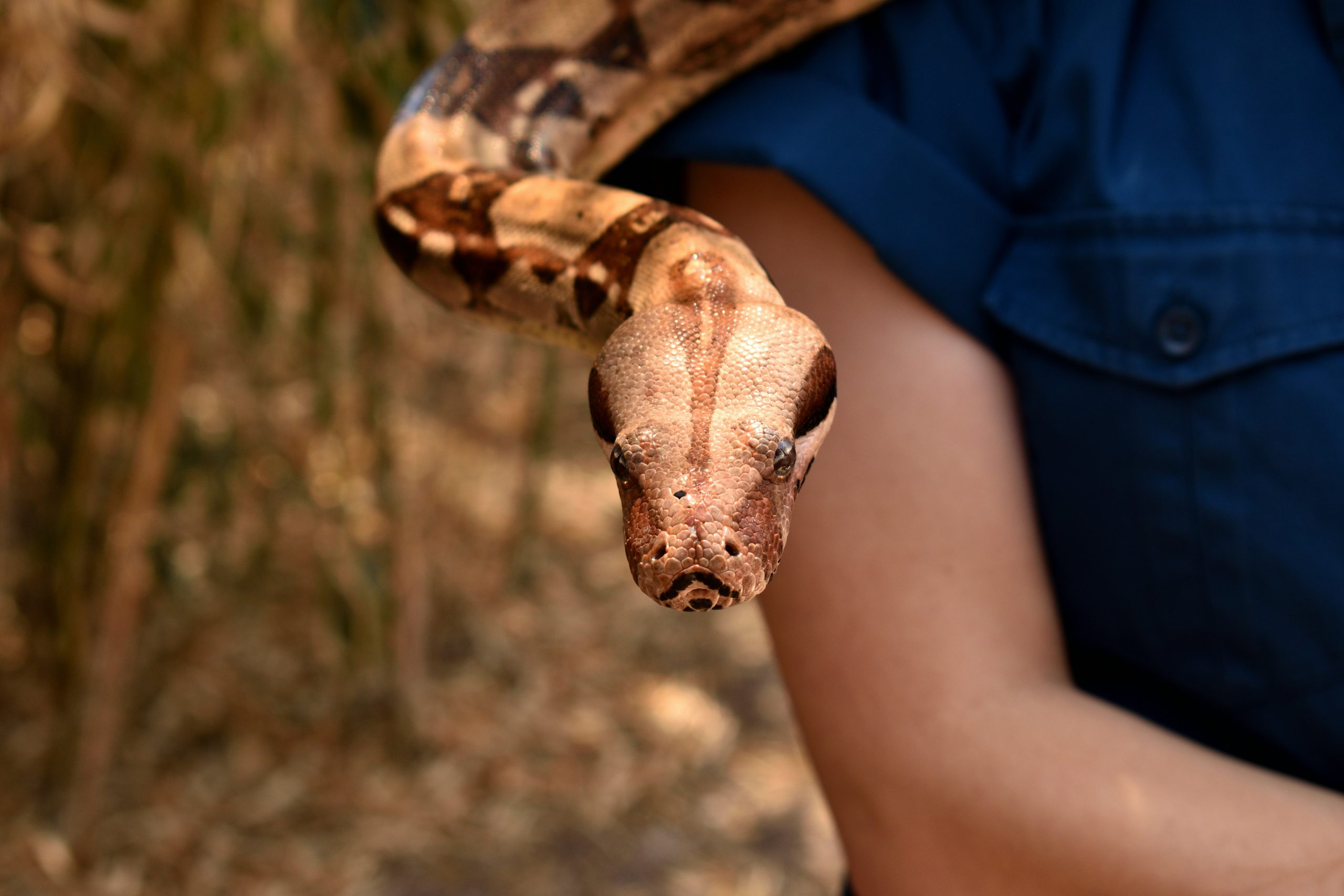

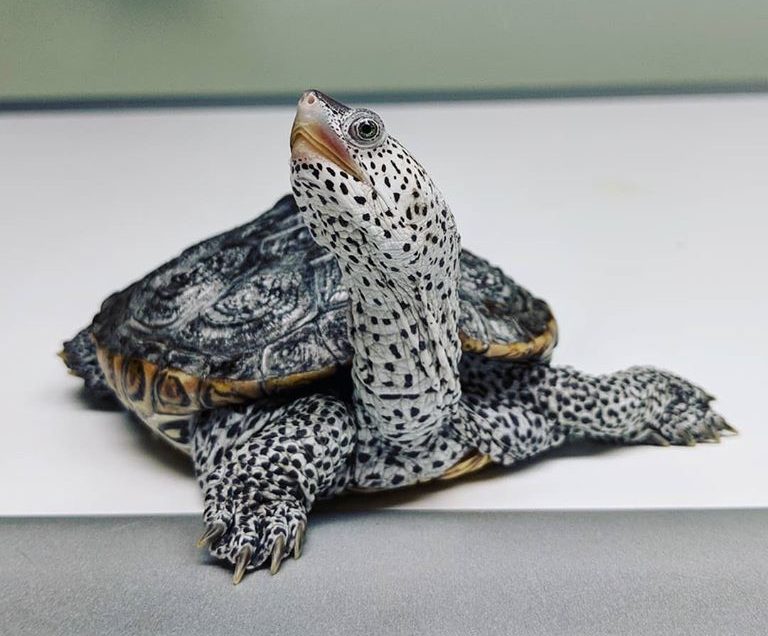
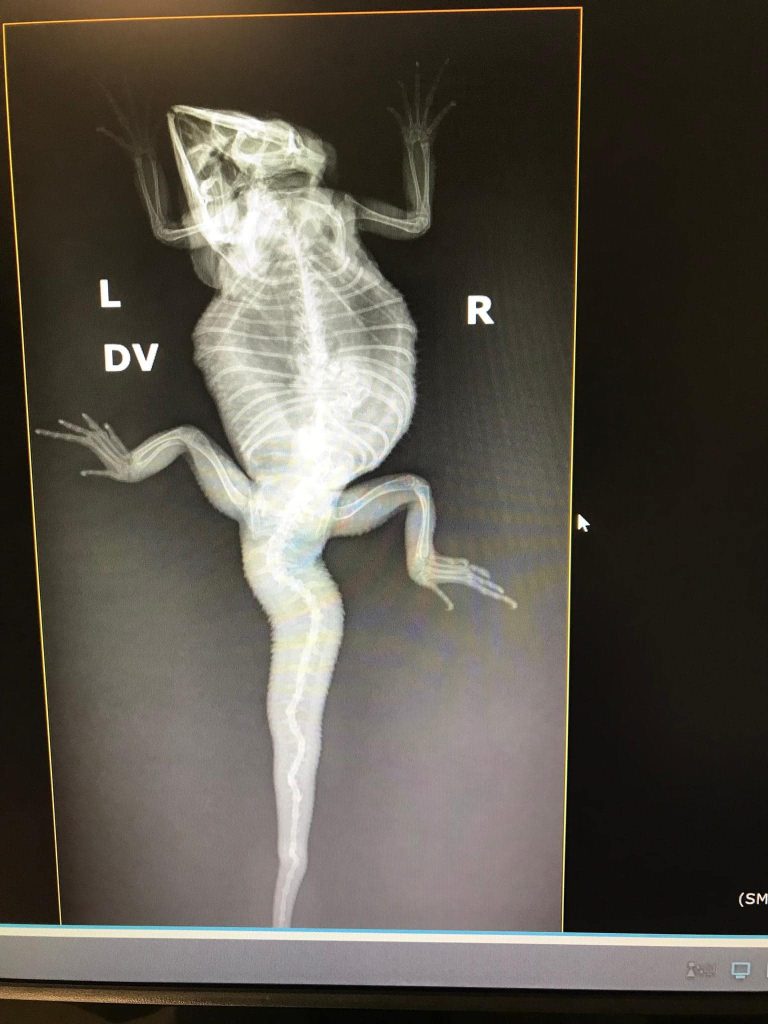
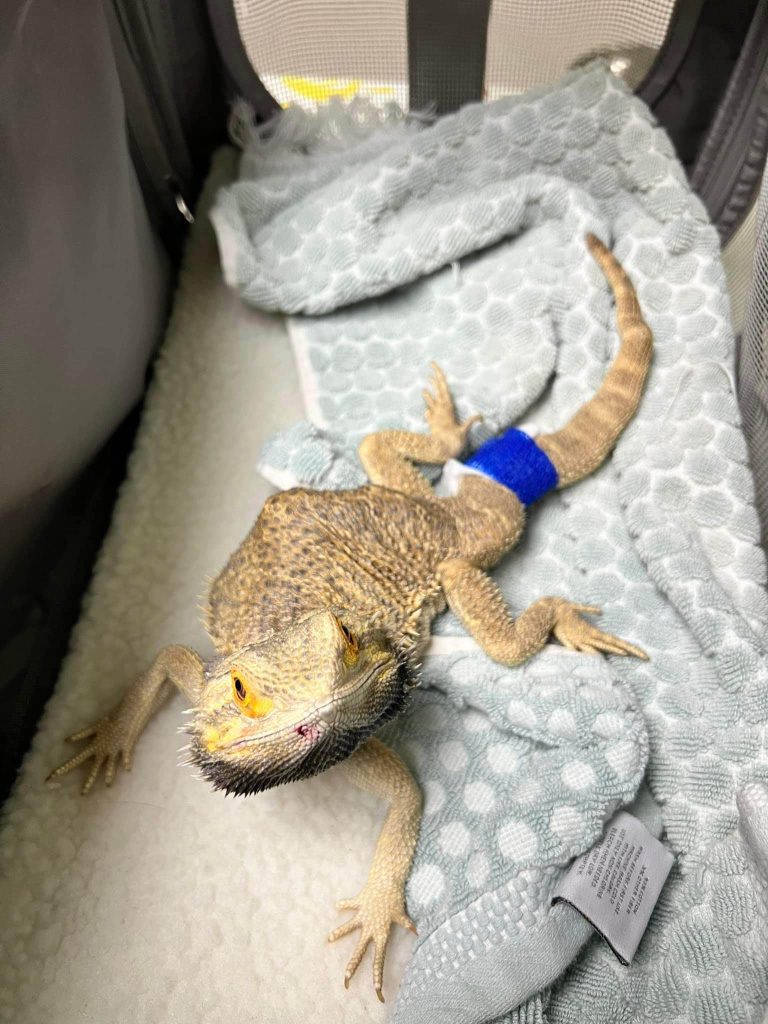

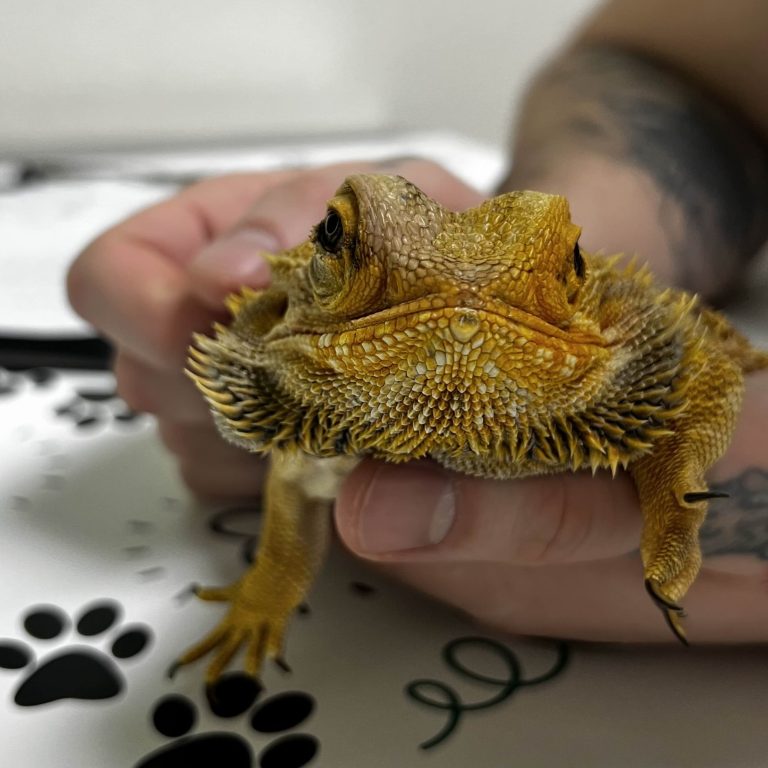
What you’ve written here is not just a collection of ideas — it’s a conversation, one that spans across time and place. Your words evoke such a rich tapestry of images and emotions that it’s impossible not to be swept up in them. There’s an intimacy to the writing, a quiet understanding that connects the reader to something much larger than themselves.